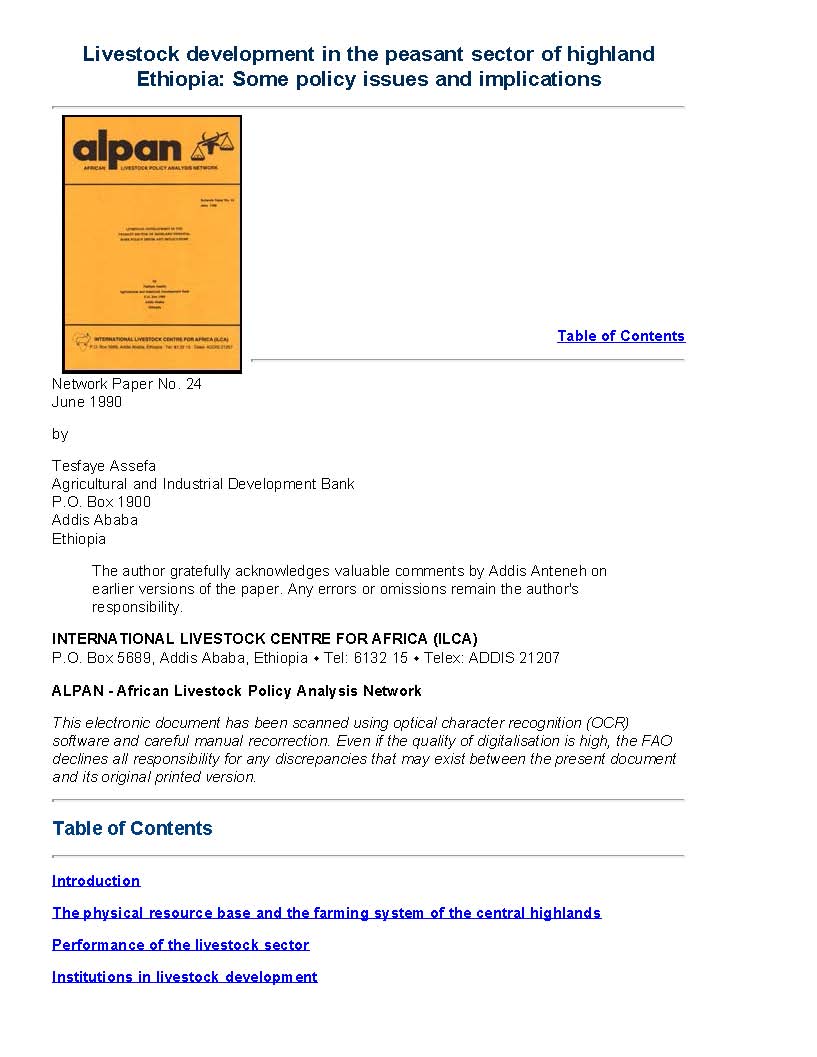Location
Vision, mission and strategy
ILRI's strategy 2013-2022 was approved in December 2012. It emerged from a wide processof consultation and engagement.
ILRI envisions... a world where all people have access to enough food and livelihood options to fulfil their potential.
ILRI’s mission is... to improve food and nutritional security and to reduce poverty in developing countries through research for efficient, safe and sustainable use of livestock—ensuring better lives through livestock.
ILRI’s three strategic objectives are:
- with partners, to develop, test, adapt and promote science-based practices that—being sustainable and scalable—achieve better lives through livestock.
- with partners,to provide compelling scientific evidence in ways that persuade decision-makers—from farms to boardrooms and parliaments—that smarter policies and bigger livestock investments can deliver significant socio-economic, health and environmental dividends to both poor nations and households.
- with partners,to increase capacity among ILRI’s key stakeholders to make better use of livestock science and investments for better lives through livestock.
This is ILRI’s second ten-year strategy. It incorporates a number of changes, many based on learning from the previous strategy (2000–2010, initially produced in 2000 and modified in 2002), an interim strategy (2011–2012) and an assessment of the external and internal environments in which the institute operates.
Members:
Resources
Displaying 1021 - 1025 of 1152Utilization of research results on forage and agricultural by-product materials as animal feed resources in Africa. Proceedings of the first joint workshop
Presents and discusses research results on feed resources, agroindustrial by-products utilisation, forage production, use of crop residues, dairy feeding systems, feeding strategies, introduction and adoption of improved forage technologies, nutritive value of different forages, effects of management on animal performance, effect of supplements on feed utilisation, potential of agricultural by-products as animal feeds, and effects of management on pasture grasses & legumes; and evaluates the utilisation of these results by smallholders.
Livestock development in the peasant sector of highland Ethiopia: Some policy issues and implications
Generally discusses policy and institutional issues related to the topic in post-revolution Ethiopia. The first part of the paper summarizes the physical resource base and the farming systems of the central highlands. Part two highlights the performance of the livestock sector and provides a very brief picture of the institutions involved in livestock development in these institutions with particular reference to the dairy sector. The third part surveys livestock investments made available by government, non-government organizations and formal credit institutions.
Livestock systems research manual. Volume 1
Provides a brief outline of the theory and practice of livestock systems research, and presents the fruits of both ILCA's own long experience of livestock systems research and of expertise and efforts of others in the field. The manual may be of use to a wide audience, including those who need to study livestock systems in Africa in the context of development activities rather than research.





